Last update images today Bulk Folding Cots

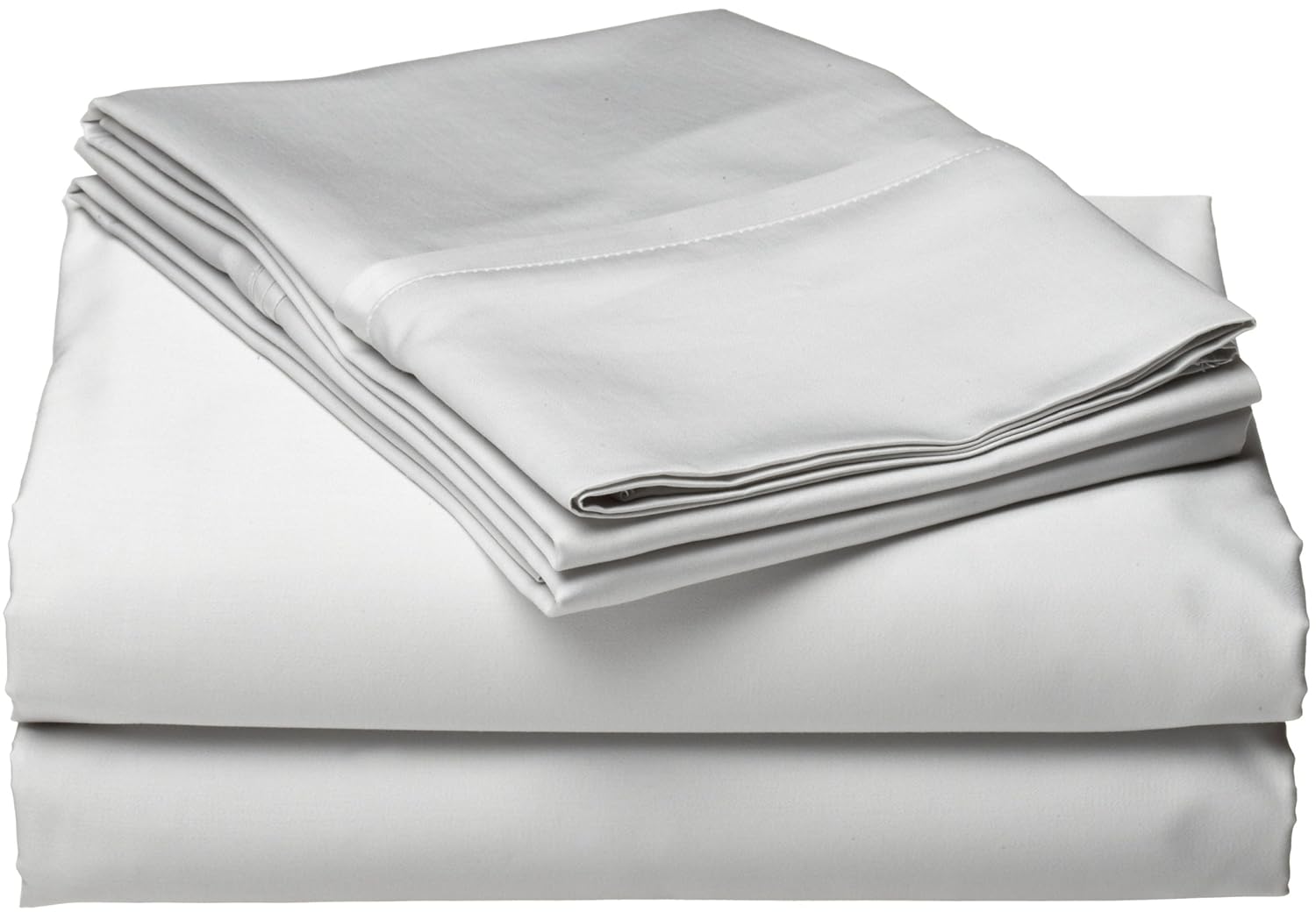







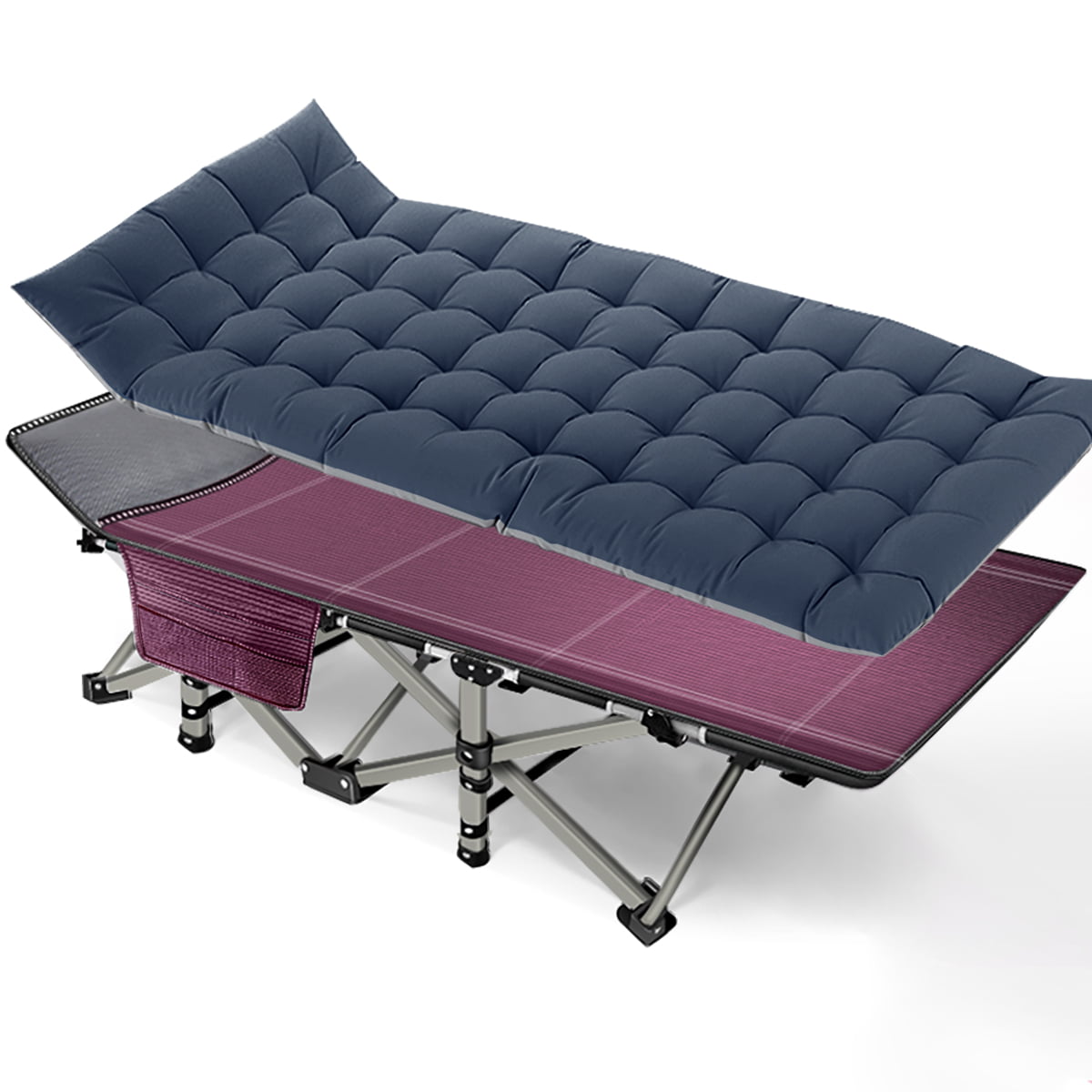

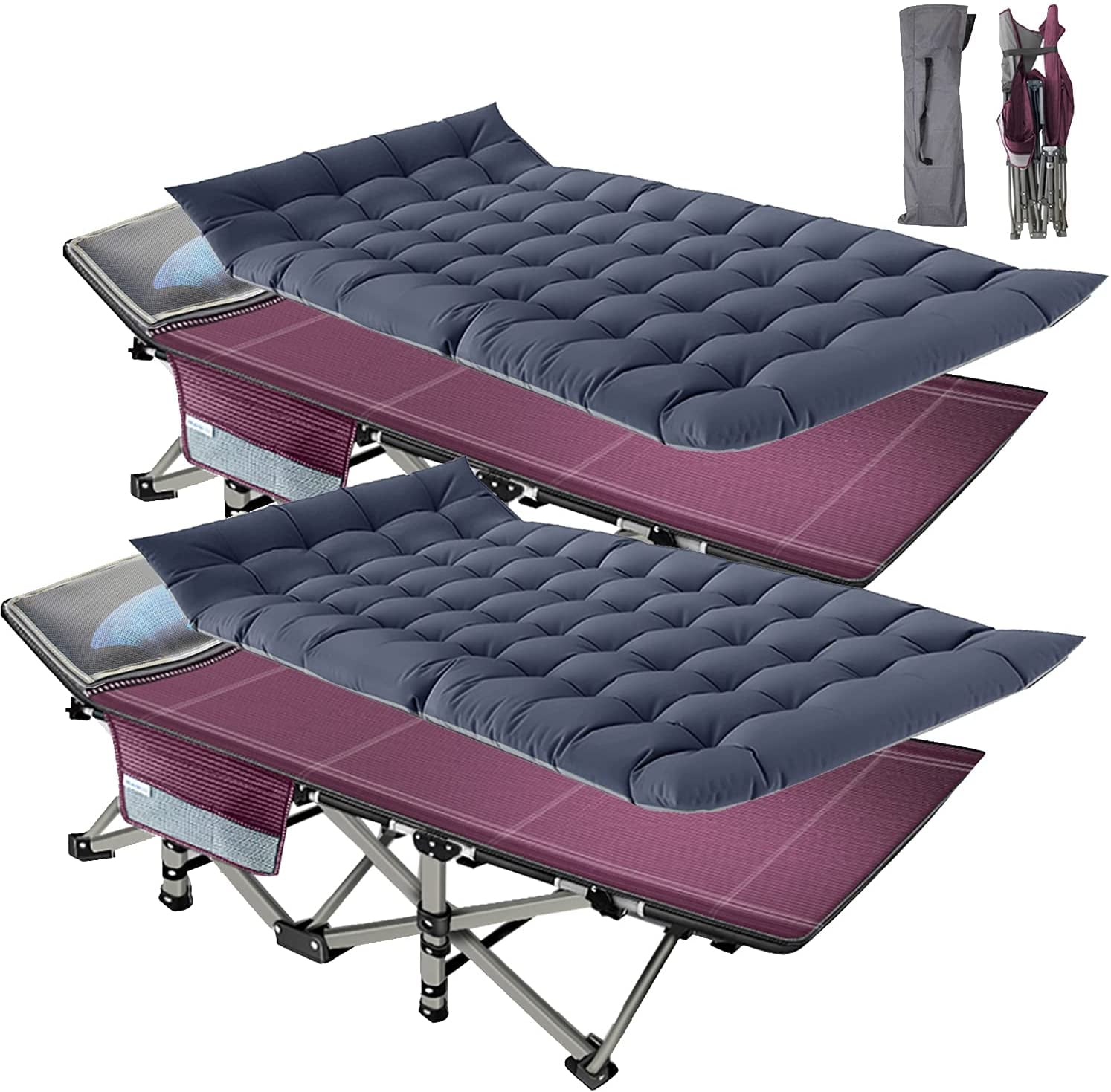





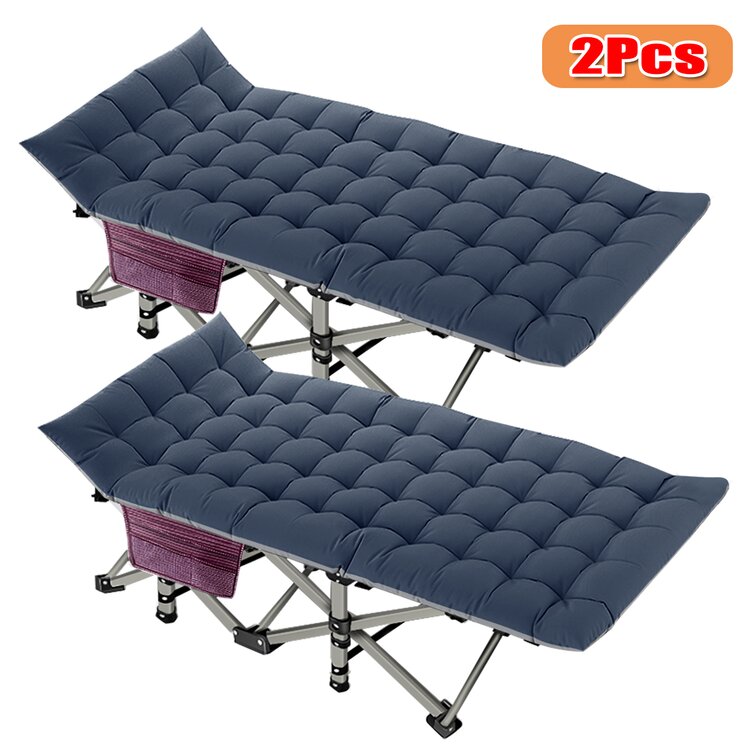





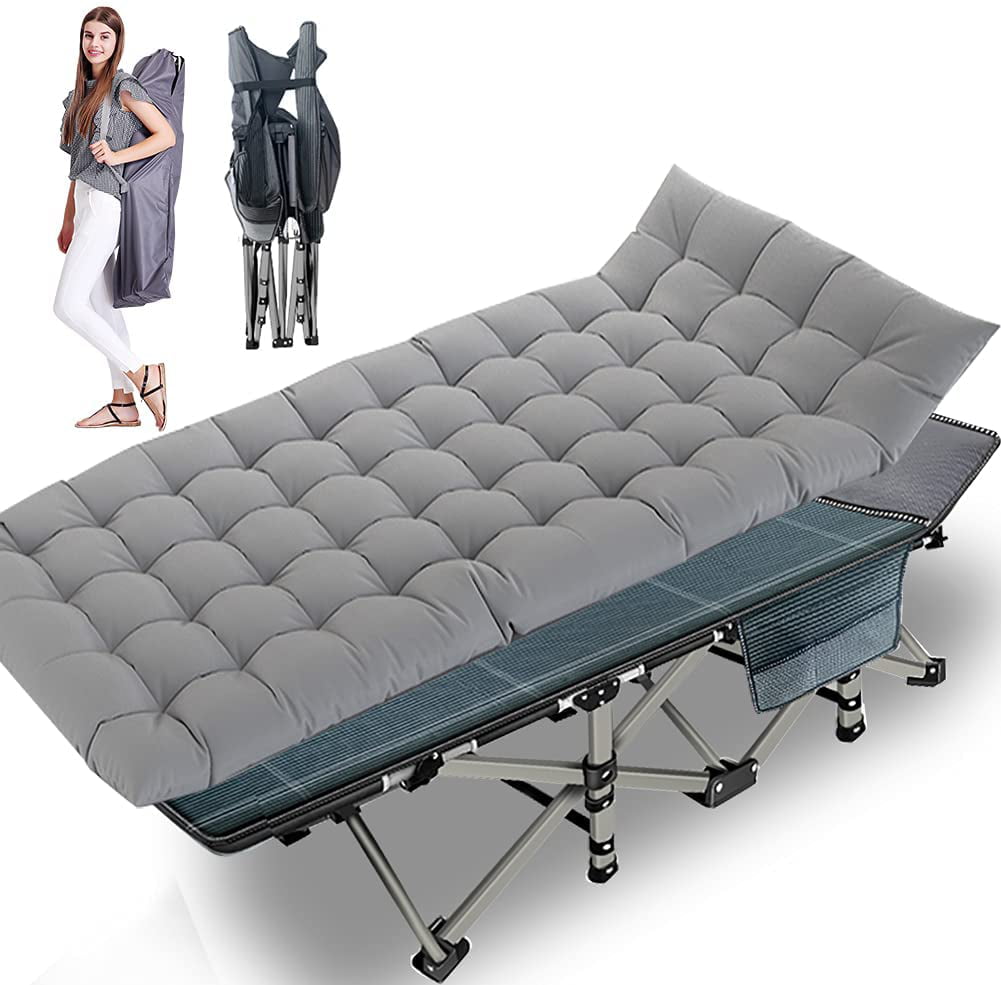






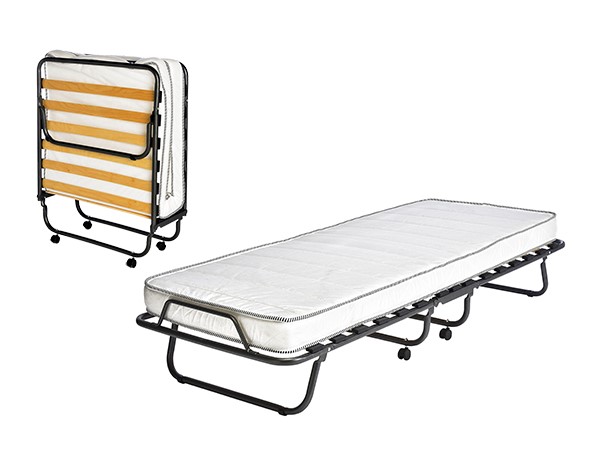


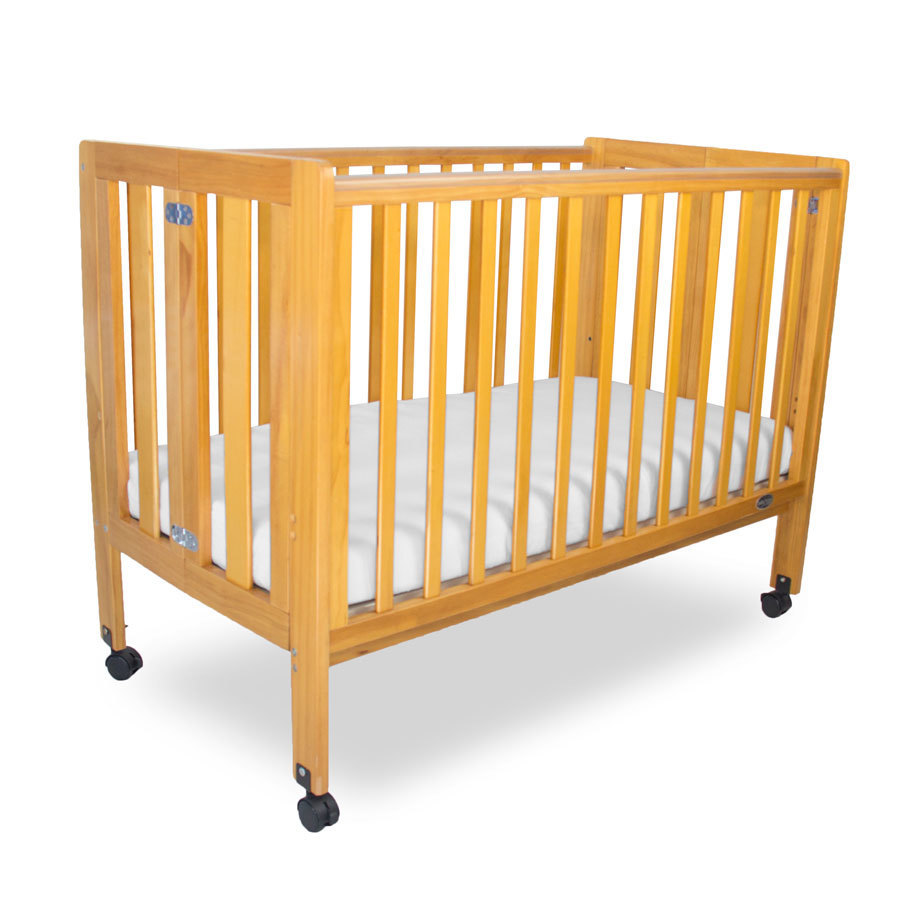
https d20ohkaloyme4g cloudfront net img document thumbnails 9f0dfe950f65096dfc3147f539549145 thumb 1200 1698 png - Lesson Plan For COT 2 With Annotations Republic Of The Philippines Thumb 1200 1698 https i5 walmartimages com asr 44eebc91 7623 4ec2 806e 6674214277a1 42504b176cf773fcd91bef780906f46e jpeg - Docred Folding Camping Cots For Adults Heavy Duty Cot With Carry Bag 44eebc91 7623 4ec2 806e 6674214277a1.42504b176cf773fcd91bef780906f46e
https p16 oec va ibyteimg com tos maliva i o3syd03w52 us 497d55a4c686486683fe56f19d3de2f2 tplv dx0w9n1ysr resize jpeg 800 1066 jpeg - Legals 497d55a4c686486683fe56f19d3de2f2~tplv Dx0w9n1ysr Resize Jpeg 800 1066 https redbridgejeans de media image product 51123 lg m6067 red bridge herren parka jacke mantel winterjacke big pocket m6067 5 jpg - Peer Bis Morgen Ehrlich Parka Winterjacken Herren Zeugnis Licht Endlich M6067 Red Bridge Herren Parka Jacke Mantel Winterjacke Big Pocket M6067 5 https themattressstore ca wp content uploads 2021 11 folding cot jpg - Folding Cot The Mattress Store Folding Cot
https secure img1 fg wfcdn com im 01810502 resize h755 w755 compr r85 1606 160665216 Folding Cot jpg - JTANGL Folding Cot Reviews Wayfair Folding Cot https blogger googleusercontent com img b R29vZ2xl AVvXsEjbXZVsz1FCes4p1dCOZifZDETkVQ 46MKhg3zIlnU9NFqYFpzMHw8KbZ87O Lz4kT9Us gCGUtzpCO4cyyDzXqgkiPFC2ktRLkh mcRhnPgVCi5cqtVIFKkwYdRTR 6LIC5MdXFABrsv3jrfIOZNyRCXtNnmMemNl0NrPJt5DT5 6EsuMPOYadZako s2000 RPMS PPST TOOLS jpg - COT RPMS Rating Sheet Inter Observer Agreement Form Observation Notes RPMS PPST TOOLS
https www topsellerbest com wp content uploads 2020 10 10 Kingcamp Portable Folding Cot with Carry Bag jpg - kingcamp pliable folding cot portable pliant Top 10 Best Folding Cots In 2023 Reviews Buyer S Guide 10. Kingcamp Portable Folding Cot With Carry Bag
https www smartbubs com au assets full B01 9350764002910 jpg - Buy Fold N Go Folding Timber Cot Baltic Online In Australia B01 9350764002910 https secure img1 fg wfcdn com im 01810502 resize h755 w755 compr r85 1606 160665216 Folding Cot jpg - JTANGL Folding Cot Reviews Wayfair Folding Cot
https storables com wp content uploads 2023 10 9 superior full size cotton fitted sheets for 2023 1697607967 jpg - 9 Superior Cotton Fitted Sheet Full For 2024 Storables 9 Superior Full Size Cotton Fitted Sheets For 2023 1697607967 https glorytrends com wp content uploads 2020 04 long coats for women 2021 jpg - What Coats Are In Style 2024 Livvy Quentin Long Coats For Women 2021
https img 4 linternaute com i1kKhqfXouRYuqyCAo3wVbrrOfg 1500x smart 015d0cf3a5924aadadc30a2f4d30708f ccmcms linternaute 47406362 jpg - Soldes 2024 Le Top 10 Des Meilleures Offres Disponibles 47406362 https d20ohkaloyme4g cloudfront net img document thumbnails 9f0dfe950f65096dfc3147f539549145 thumb 1200 1698 png - Lesson Plan For COT 2 With Annotations Republic Of The Philippines Thumb 1200 1698 https impressionsmagazine com wp content uploads 2024 01 940 AndCollar94 2 jpg - Branching Out 2024 Plackets Wovens Trends Impressions 940 AndCollar94 2
https storables com wp content uploads 2023 10 10 incredible cot fitted sheet for 2023 1697322730 jpg - 10 Incredible Cot Fitted Sheet For 2024 Storables 10 Incredible Cot Fitted Sheet For 2023 1697322730 https i5 walmartimages com asr 29d591f8 8533 4c7b 9f3b c5453c04821c fc096af56b7cd51625aa266080dfc567 jpeg - folding adults cot cots collapsible Camping Cot Folding Camping Bed For Adults Heavy Duty Collapsible 29d591f8 8533 4c7b 9f3b C5453c04821c.fc096af56b7cd51625aa266080dfc567
https assets isu pub document structure 221205233532 c96b0fa33e8a3add94900466c0f50be3 v1 6d21ce093f0fc17cc077dff7dc616238 jpeg - In Season Spring Summer 2024 Look Book By Sourcing Journal Issuu 6d21ce093f0fc17cc077dff7dc616238
https secure img1 fg wfcdn com im 01810502 resize h755 w755 compr r85 1606 160665216 Folding Cot jpg - JTANGL Folding Cot Reviews Wayfair Folding Cot https www pouted com wp content uploads 2014 05 parka2 675x1007 jpg - Fall Jackets Women 2024 Adrian Andriana Parka2 675x1007
https www pouted com wp content uploads 2014 05 parka2 675x1007 jpg - Fall Jackets Women 2024 Adrian Andriana Parka2 675x1007 https p16 oec va ibyteimg com tos maliva i o3syd03w52 us 497d55a4c686486683fe56f19d3de2f2 tplv dx0w9n1ysr resize jpeg 800 1066 jpeg - Legals 497d55a4c686486683fe56f19d3de2f2~tplv Dx0w9n1ysr Resize Jpeg 800 1066
https d20ohkaloyme4g cloudfront net img document thumbnails 9f0dfe950f65096dfc3147f539549145 thumb 1200 1698 png - Lesson Plan For COT 2 With Annotations Republic Of The Philippines Thumb 1200 1698 https i5 walmartimages com asr 29d591f8 8533 4c7b 9f3b c5453c04821c fc096af56b7cd51625aa266080dfc567 jpeg - folding adults cot cots collapsible Camping Cot Folding Camping Bed For Adults Heavy Duty Collapsible 29d591f8 8533 4c7b 9f3b C5453c04821c.fc096af56b7cd51625aa266080dfc567 https d20ohkaloyme4g cloudfront net img document thumbnails 65a95167979194e1bfc52a09b4df5ad3 thumb 1200 1698 png - Appendix C 04 Highly Proficient Cot Rpms Sy 2023 2024 S 2023 Images Thumb 1200 1698
https i5 walmartimages com asr 7a593302 6789 452c 9cab e15232410f0f 99248c2bd8612bc3cb0a69edb132e293 jpeg - folding mattress cot 72 8 Outdoor Portable Folding Bed Cot Military Hiking Camping Sleeping 7a593302 6789 452c 9cab E15232410f0f.99248c2bd8612bc3cb0a69edb132e293 https img 4 linternaute com i1kKhqfXouRYuqyCAo3wVbrrOfg 1500x smart 015d0cf3a5924aadadc30a2f4d30708f ccmcms linternaute 47406362 jpg - Soldes 2024 Le Top 10 Des Meilleures Offres Disponibles 47406362
https blogger googleusercontent com img b R29vZ2xl AVvXsEg1zX9RnzhK7QXMEHWWtzW0O9xurJhUA rQo8PAIkgZ0L8E371On9YacMj0u3G6IPc7LsOKpc XqMUbW8LixjnG0GlNRl4Dv6FINuDmc2PSciASktAwgO3MzWLa5lyDTURPDTm4Pz3u77VFNXeKSAG MXvC hMwvzukms21GcI3Vndn6j9aE S2B9Cv w680 COT RPMS TEACHER 1 III SY 2023 2024 png - Free Educational Tools COT RPMS TEACHER 1 III SY 2023 2024